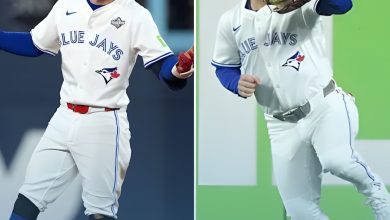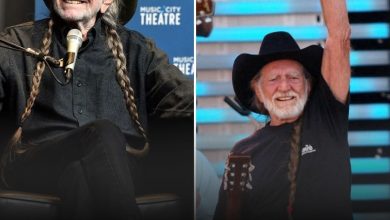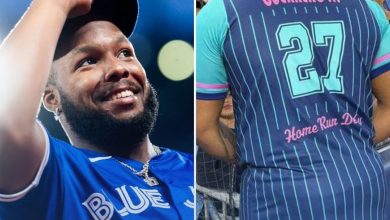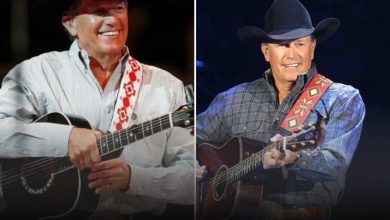The Cubs’ Crossroads: Jed Hoyer Must Choose Between Patience and Power in 2026
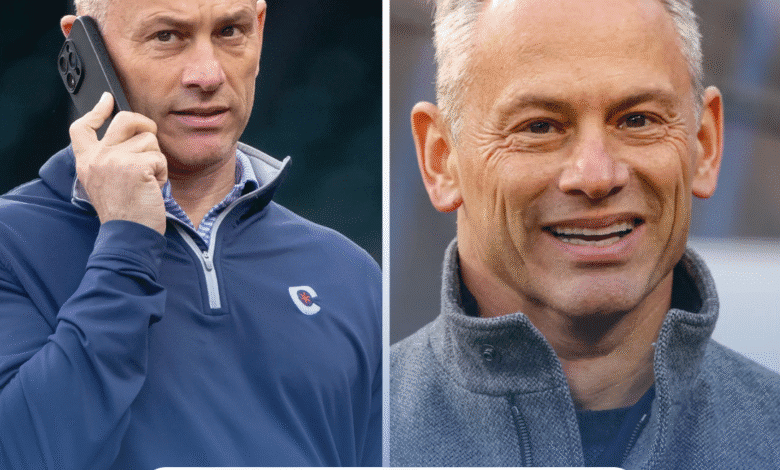
The Chicago Cubs’ 2025 season ended not with collapse, but with disappointment that cut just as deep.
Eliminated in Game 5 of the NLDS by the division-rival Milwaukee Brewers, the Cubs walked off the field knowing they had taken a step forward — but still not far enough.
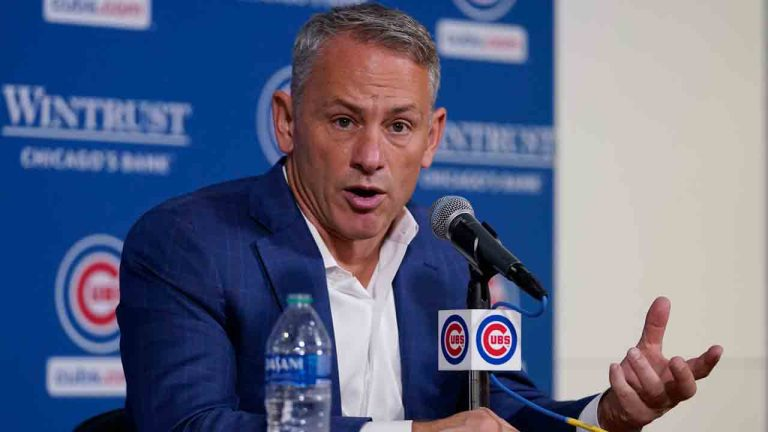
For the first time since 2018, Chicago played meaningful October baseball in a full season and reached 92 wins, bringing more than three million fans back to Wrigley Field. Yet, after leading the NL Central for much of the summer, they once again watched the Brewers celebrate.
The frustration runs deeper than one series loss.
“We’ve built a strong foundation,” president Jed Hoyer said. “But falling short again isn’t good enough. The question now is whether we’re content being competitive — or ready to make the moves to truly contend for a World Series.”
A Step Forward — But Still Short
By almost every metric, the Cubs improved: a deeper roster, steadier rotation, and a clubhouse finally believing it belonged back on baseball’s main stage. But for a big-market franchise with 11th-highest payroll, simply belonging is no longer enough.
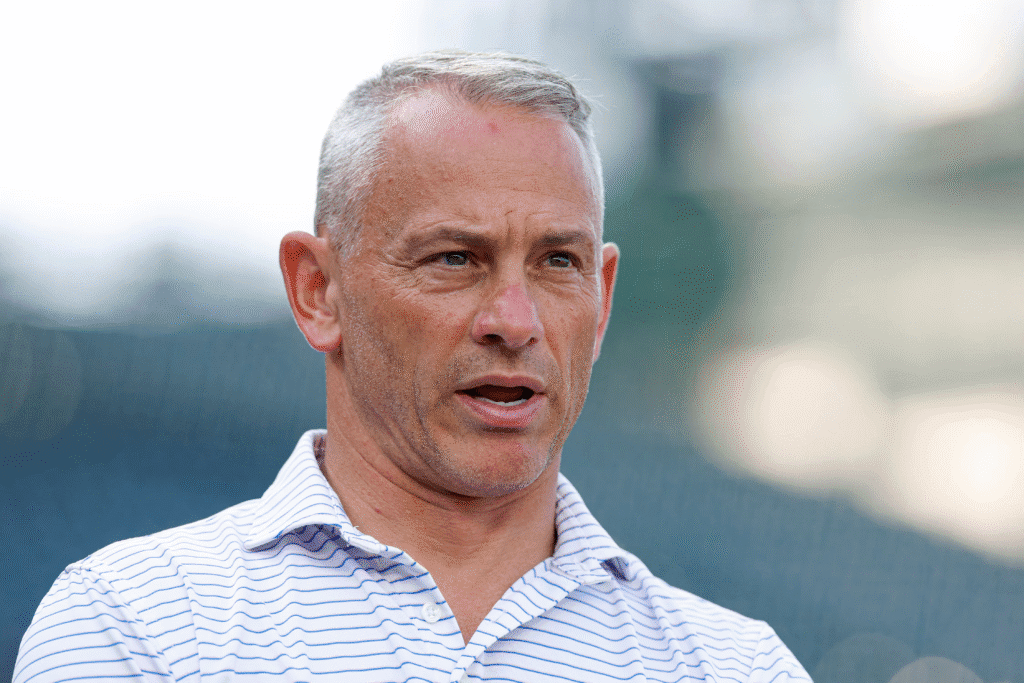
Chairman Tom Ricketts and Hoyer face a defining offseason — one that will reveal whether this front office is willing to flex its market muscle or continue to play the patient, developmental game.
The bar has been raised. Now it’s time to meet it.
Key Offseason Decisions
Catcher
After years of instability post-Willson Contreras, the position looks secure. Carson Kelly turned in a breakout year, and Miguel Amaya is ready for a bigger role. Top prospect Moisés Ballesteros could soon join the mix, though likely in a hybrid DH/catcher capacity.
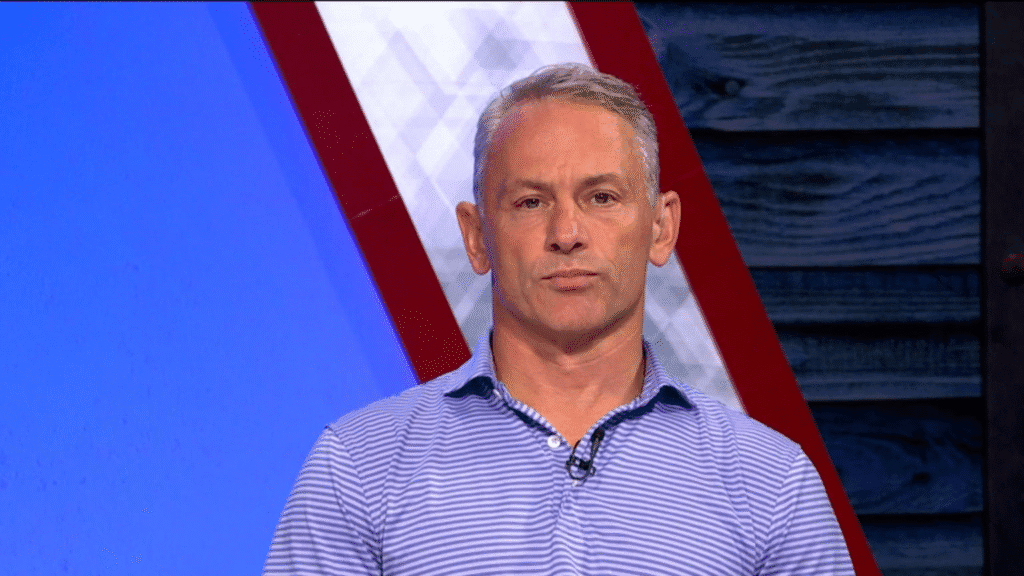
Infield
The core appears set.
- Michael Busch has stabilized first base.
- Nico Hoerner remains a defensive anchor at second.
- Dansby Swanson brings Gold-Glove reliability at short.
- Matt Shaw’s growth in the second half hints at long-term staying power at third.
The infield, at last, is built on youth and continuity.
Outfield
Here lies the offseason’s biggest question.
Kyle Tucker — a potential free-agent prize — could command a $300-million-plus deal, but his calf and hand injuries make that gamble risky. Meanwhile, Ian Happ and Seiya Suzuki both approach contract crossroads. Hoyer must decide whether to invest heavily in Tucker or double down on his current cornerstones.
A blockbuster signing could change everything — or backfire spectacularly.
Starting Rotation
The pieces are strong but not dominant.
Cade Horton and Matthew Boyd provide upside; Justin Steele, Shota Imanaga, and Jameson Taillon add veteran stability. But without a true ace, the staff still lacks postseason fear factor. Acquiring a frontline starter — via trade or free agency — would send a clear signal that the Cubs are done waiting for “someday.”
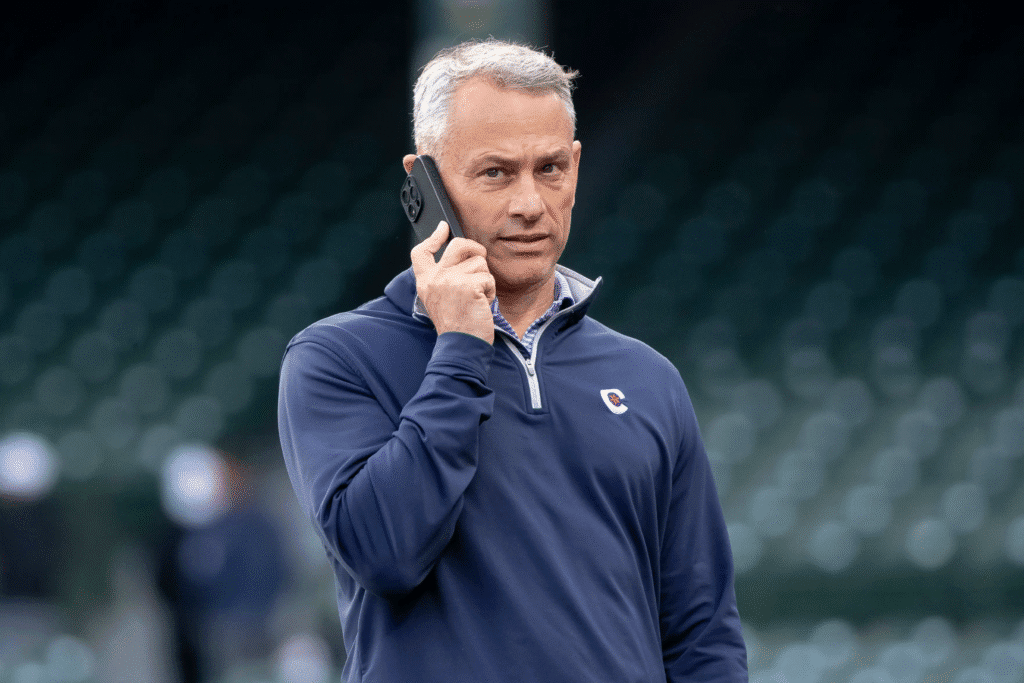
Bullpen
The Cubs have built solid bullpens on a budget, but 2025 showed the limits of that strategy.
Brad Keller proved invaluable, and Andrew Kittredge’s $9 million option looks likely to be picked up. Still, expect new faces. Hoyer may again scour the market for undervalued arms — or finally spend big to stabilize late innings once and for all.
The Bigger Picture
The Cubs’ next chapter hinges on balance — between patience and urgency, development and decisiveness. Hoyer has rebuilt the foundation, but now comes the harder part: turning potential into proof.
Do they stay the course, hoping internal growth pushes them over the top?
Or do they spend like a contender and chase what the fan base has waited nearly a decade to see again — another World Series run?
“We’ve shown we can compete,” Hoyer said. “Now we have to decide if we’re ready to win.”
The clock is ticking.
Wrigley is full again. The core is ready.
And Chicago — a city that’s seen enough almosts — is done waiting for next year.

